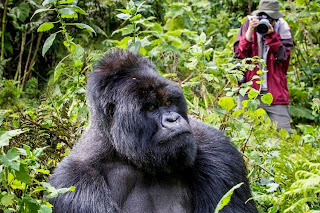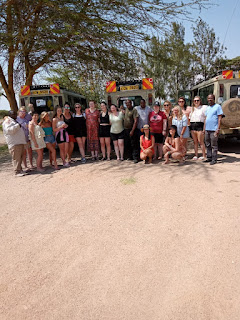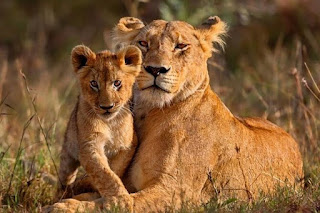Wildebeest Migration Quotes
About wildebeest Migration
Wildebeest Migration happens every year almost 2 million
wildebeest, Zebra, Topi and antelope migrate from Serengeti Plains Tanzania, to
the lush rolling grasslands of the Masai Mara (meaning Masai plains) in Kenya.
Many animals falling prey to African lions, leopard, cheetah not forgetting the
crocodiles which lie in wait each year for that first wildebeest to cross the
Grumeti and Mara Rivers.
See our fantastic
Offer for Wildebeest Migration Safari.
Each Year, the patterns change, however, see below for an
idea of where the wildebeest migration will be at certain times of the year.
Some camps are inside the reserve where it gives tourists
good opportunities to experience and have fun.
Not all camps are listed, although every camp in the Masai Mara
Kenya and the Serengeti Tanzania will be in the center of the wildebeest
Migration at one point during the year.
December- March: Ndutu, Southern Serengeti, Ngorongoro
Creator. Over 80% of the wildebeest are busy giving birth on the lush flat
grassland of ndutu, attracting a lot of attention from hungry predators, before
beginning their journey all over again.
From December- March
you are most likely to catch the wildebeest migration at Serengeti Maswa, Olakira.
April – May- The Ndutu plains can no longer sustain the wildebeest,
with newborn calves and the migration begins to move to North in the
Serengeti`s Western corridor.
From April –May: You are most likely to catch the wildebeest
migration at: Olakira, Sabora, Faru Faru.
June: The wildebeest move North again, entering the Lamai
wedge in the northern Serengeti.
In June you are most likely to catch the wildebeest
migration at: Lamai.
July – October you are most likely to catch the wildebeest
migration at Mara River.
November: The arrival of eats Africa1s short rains pull the
wildebeest back to Serengeti to the Northeast before making way back to the
Southern Serengeti and Ndutu plains.



Comments
Post a Comment